Mending Fragments: Hide & Seek Two-Artist Exhibition at 440 Gallery
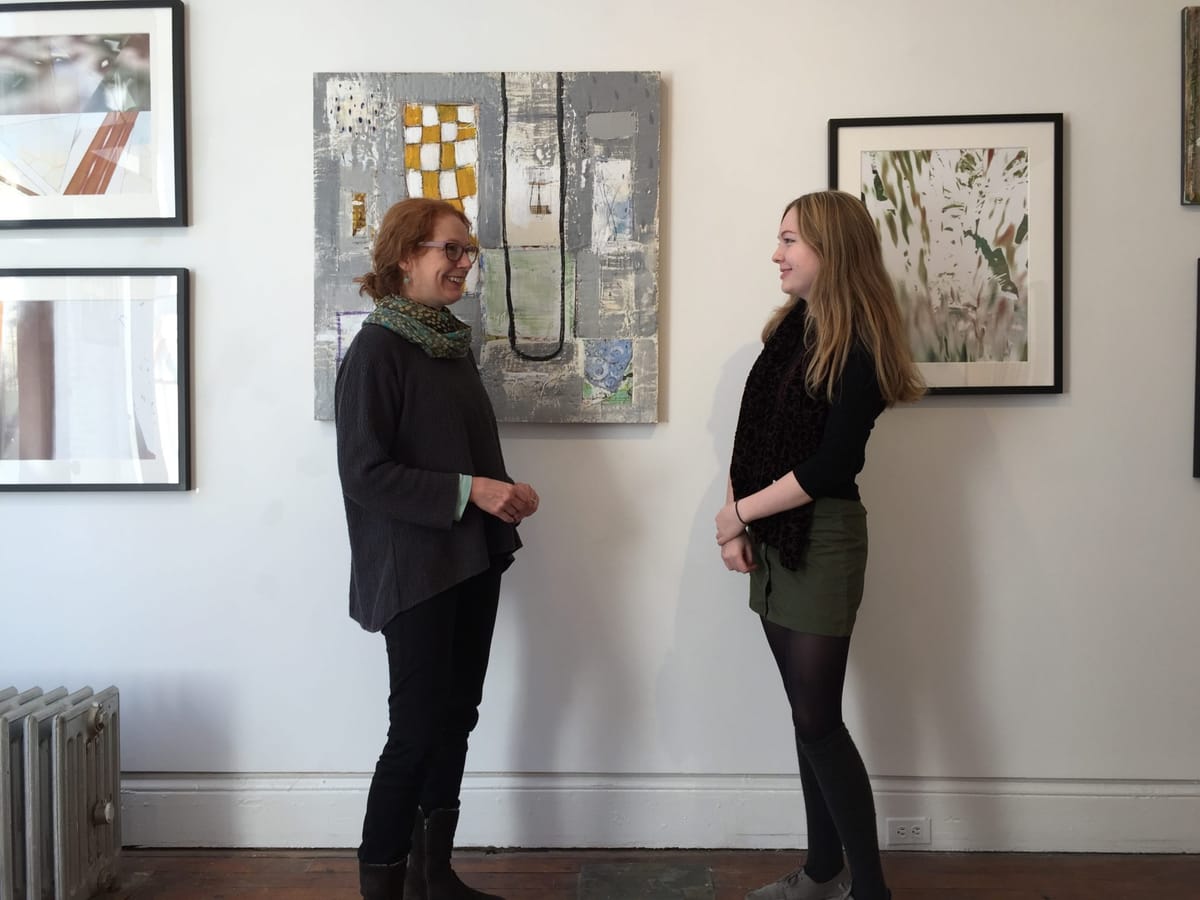

Currently on view at 440 Gallery in Park Slope (440 6th Avenue), “Mending Fragments: Hide & Seek” combines the work of 2 artists, Amy Weil and Leigh Blanchard, working in different mediums and processes but sharing a very similar and complementary conceptual approach.
“We called it ‘Mending Fragments: Hide & Seek’ because there’s a lot of layering in our work…things get hidden and revealed,” Weil explains one afternoon at the gallery.
“Mending Fragments” references Kintsugi, the Japanese art of repairing broken pottery with lacquer mixed with silver, gold, or platinum powder, celebrating the history of the object along with its scars.
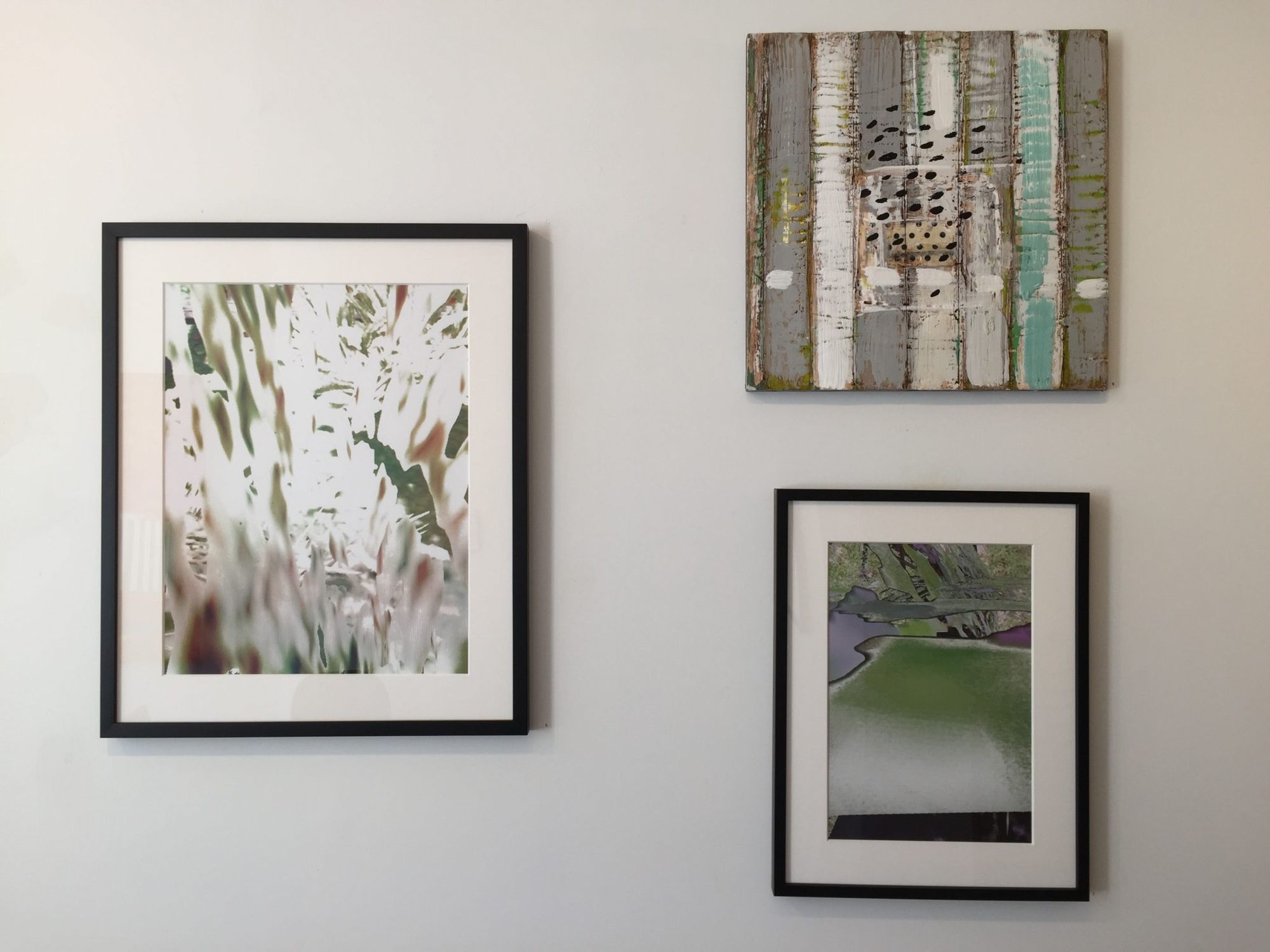
Both Weil and Blanchard appreciate how Kintsugi artists “celebrate broken things… and mend them. We feel like our work is really about celebrating the brokenness or the fragments… there’s a lot of history – we allow that history to be shown,” said Weil.
According to Blanchard, Weil’s abstract, mixed media, encaustic paintings add and subtract memories, while her own photographic work focuses on “the process of working with the photograph digitally, and adding and subtracting from it, so it’s more process based.” She continues, her work “embrace[s] the old but add[s to it].”
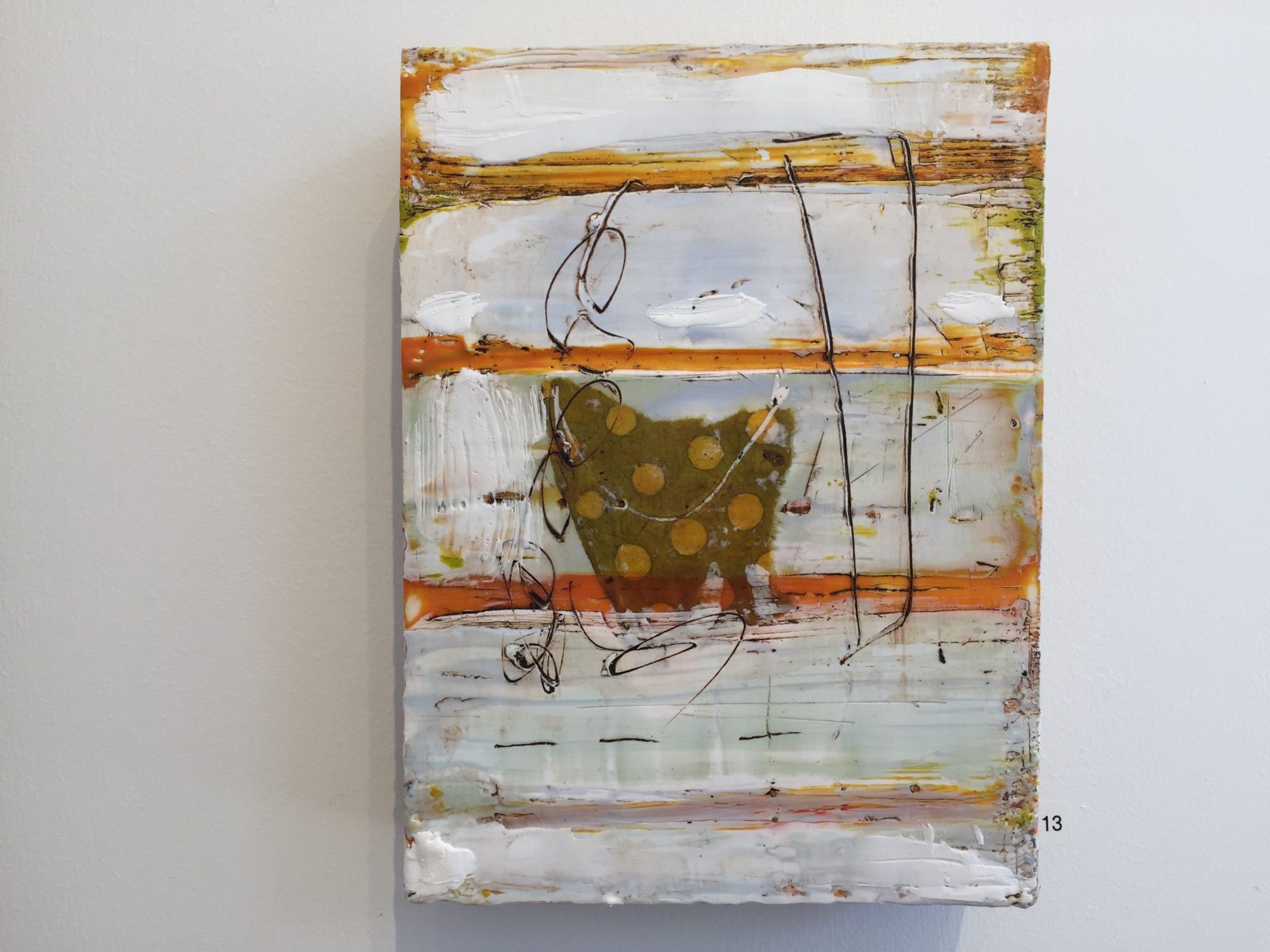
Originally from New Jersey, Weil received her BFA in painting at the Tyler School of Art in Philadelphia. “I was working in large, abstract oil paintings, abstract landscapes mostly…. I always felt like I was a little bit restricted by oil painting. It just felt so weighted down with rules and… this very traditional, male idea of painting. I always felt like I could never break free of certain internal restrictions,” she said.
After discovering encaustic painting about 8 years ago, the Park Slope resident explains, “It was really amazing…. There were no rules, so I could just play. It’s very direct and intuitive. It dries very quickly and then you can just carve into it, or you can build it up, you can [scrape it and] create transparencies.”
“The other thing about wax is it has a very skin-like texture to it and it’s very vulnerable,” Weil said. “If you carve into it, it feels like you’re wounding it, and when you fuse it, it sort of heals itself. It [can] be very cathartic…”
Another element of encaustic painting that Weil loves is the “alchemy of it because you heat it up and you’re working with fire. I use a torch… and I use razor blades to create too…. It has endless possibilities. I never get bored. I feel like every painting has a mind of its own…. I have an intention, but then the wax… it’s like a give and take. It’s an exciting process.”
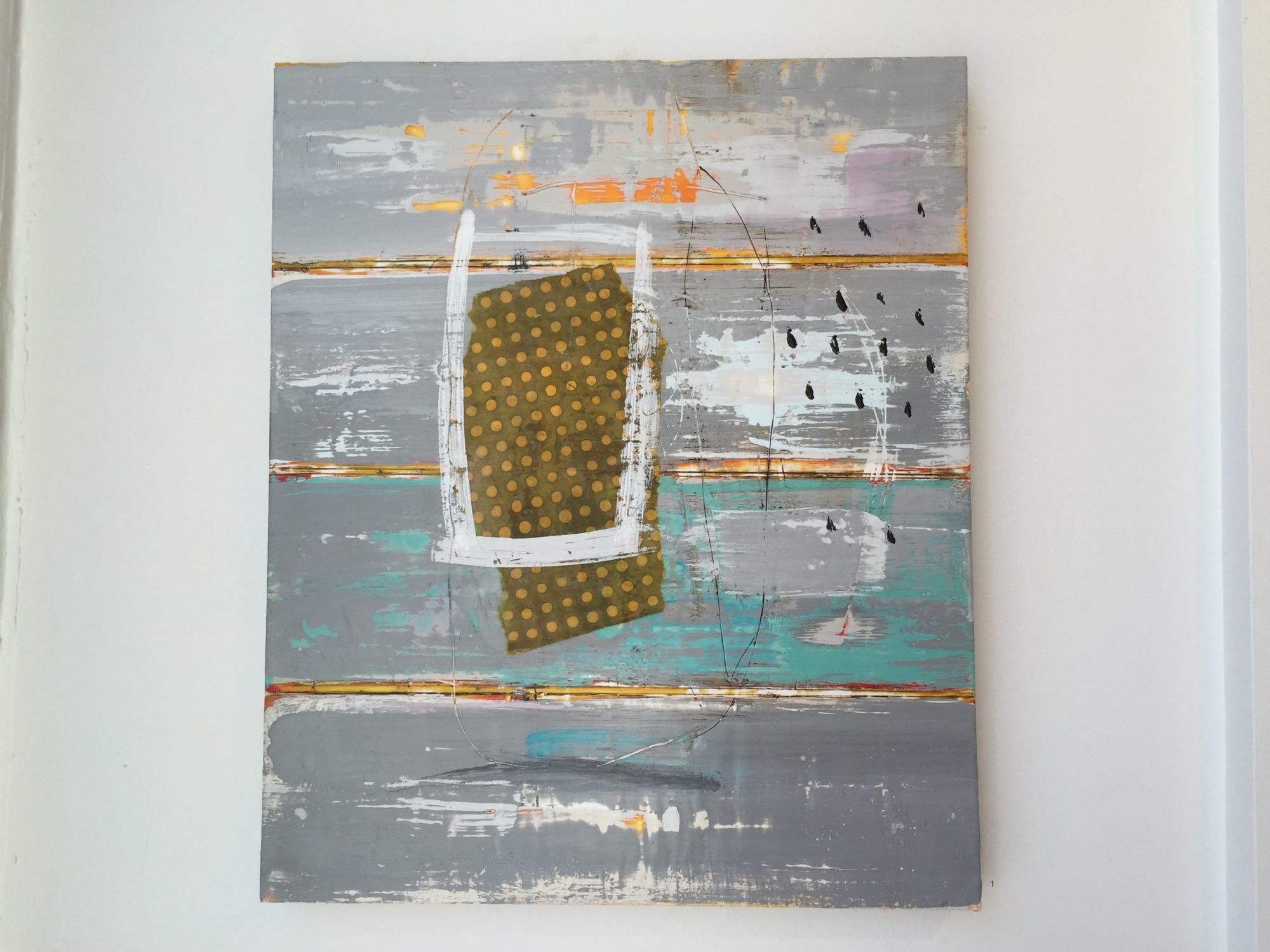
Exhibiting alongside Weil, the Bushwick-based Blanchard is a recent graduate of Parsons School of Design with a BFA in photography. She decided early on that photography was her medium.
“When I started, I couldn’t really let go of getting close into my subjects and creating abstract work,” said Blanchard. “It felt like representational work for me…just didn’t really speak to what was going on in my head. Whatever I was picturing was more blurry, so that’s what ended up coming out of those images,” said the Chicago-native.
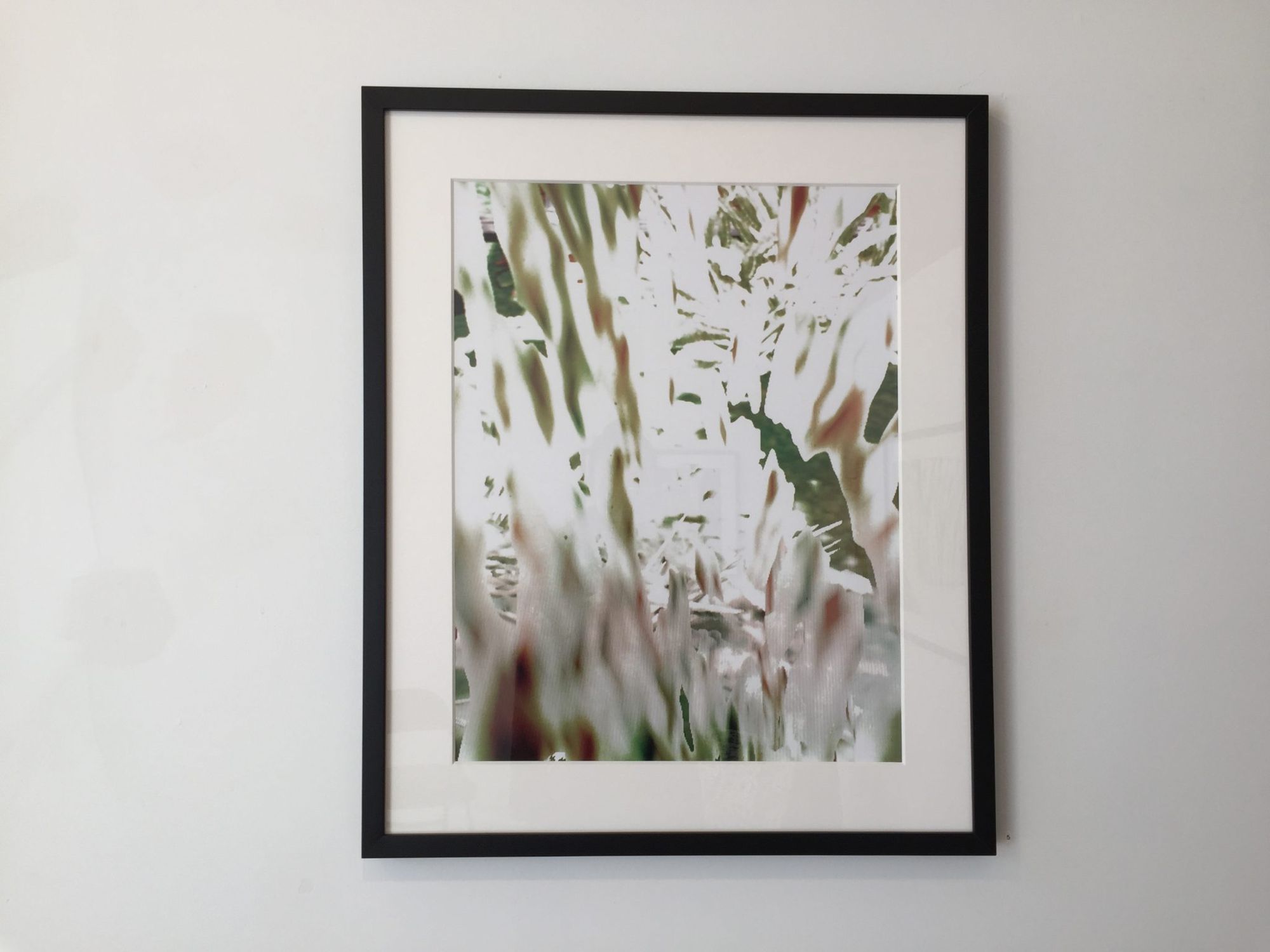
While still in school, Blanchard explains, “You’re going from one assignment to the other. You don’t really think about that old project. You’re moving on to the new. So when you have more time to think and reflect, [you ask,] “Wait, could this be turned into something else? Would it be better? Would it be worse?”
She says of her work in the current exhibition, the addition and subtraction process pushes “what a photograph can be for me.” Her process involves “digitally painting onto the images—bringing them into PhotoShop and using painterly techniques, [a] digital brush, and painting on certain colors, selecting certain objects and removing them, adding something else,” which for her, “makes photography a little more alive.”
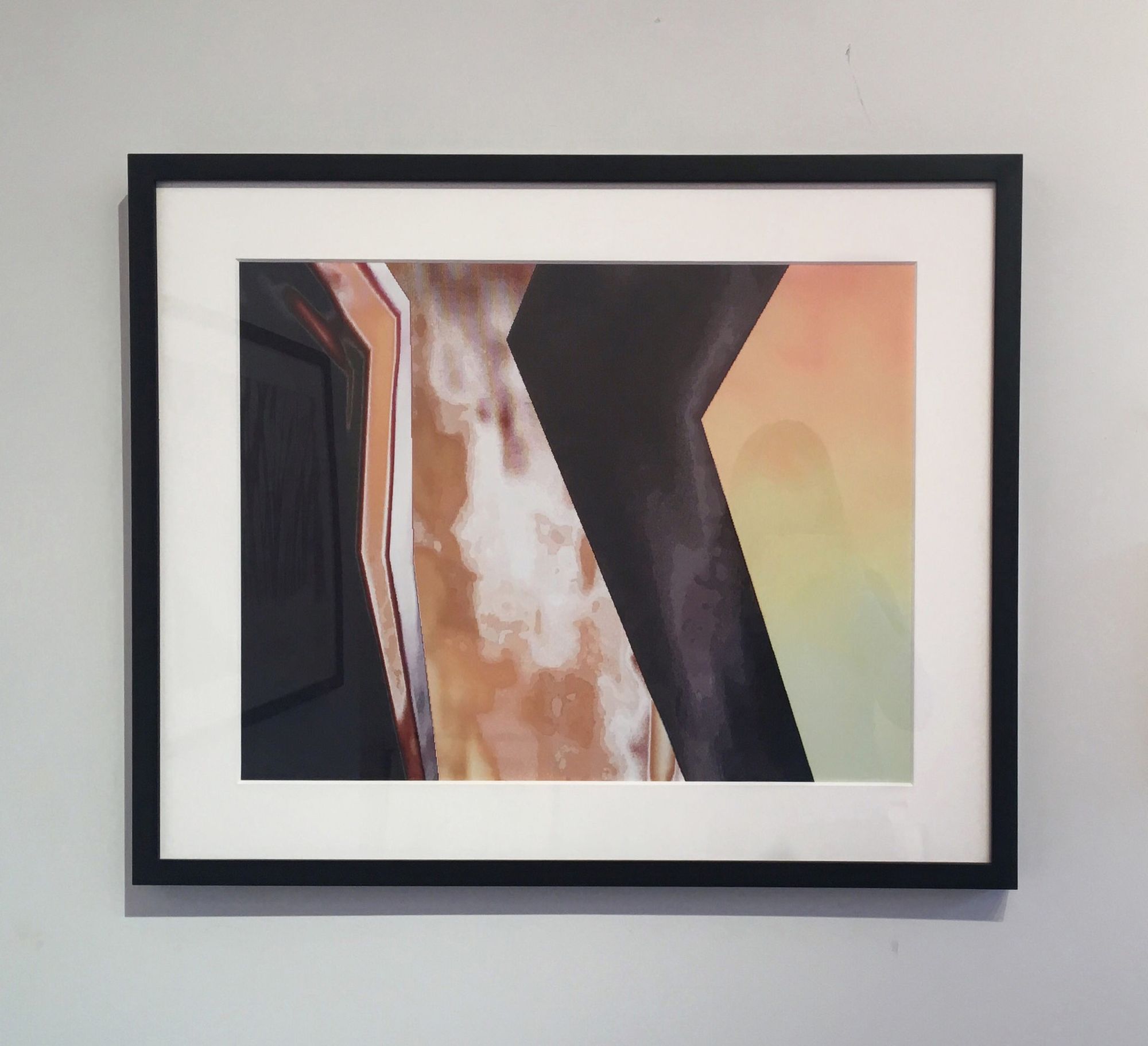
For Weil’s work “The Swing,” the artist conjures up a childhood memory and the trauma associated with the eponymous object. The concrete gray piece features hints of the former grid along with a checkerboard pattern, raindrop shapes, and dotted collage paper melded onto the surface. A long black outline indicates a hanging swing that appears to be missing its seat.
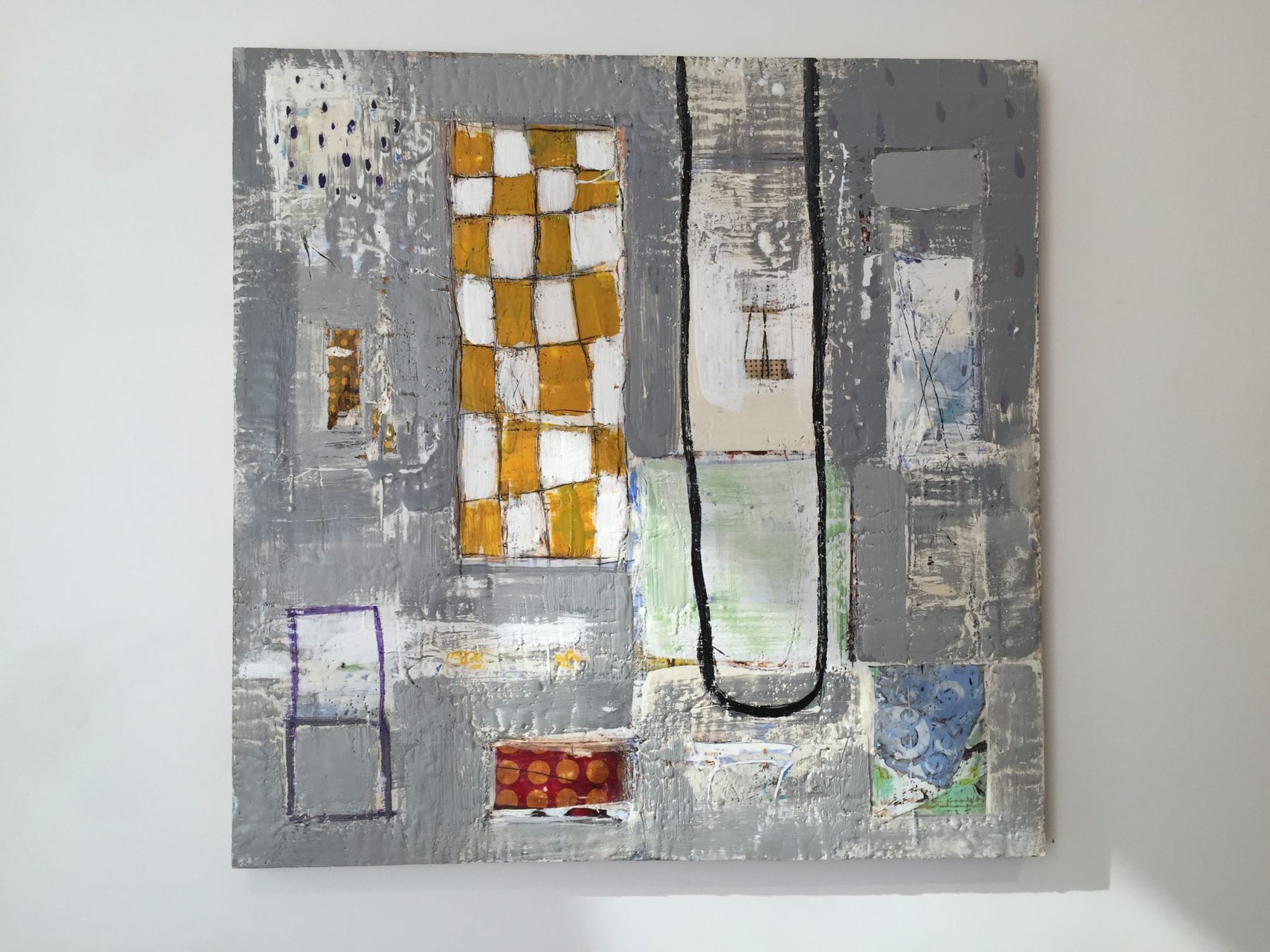
The painting is composed to leave viewers questioning, “Is it interior? Is it exterior? Are you looking through a window? You don’t really know what space you’re in….” Weil doesn’t want to give viewers too much information, preferring that they interpret her work their own way. “It’s funny because a lot of people say, ‘That’s such a happy painting,’ but [it’s] not so much for me.”
Blanchard describes her own 2 works, “Poolside” and “Behind the Fence,” as her “most representational” pieces in the exhibit. They are composed of old, archived images Blanchard shot of a video game. She photographed the game’s suburban background on her screen very closely.
She focused on “adding color, subtracting color, adding certain shapes, taking away certain shapes.” She says by “peeling back those layers” she created something new, “instead of an actual digital landscape, [it’s] more of my feeling about being in the certain areas.” As if peering through a fence, viewers get a tiny glimpse of a backyard or stone floor surrounding a pool and tiles lining the interior of a swimming pool.
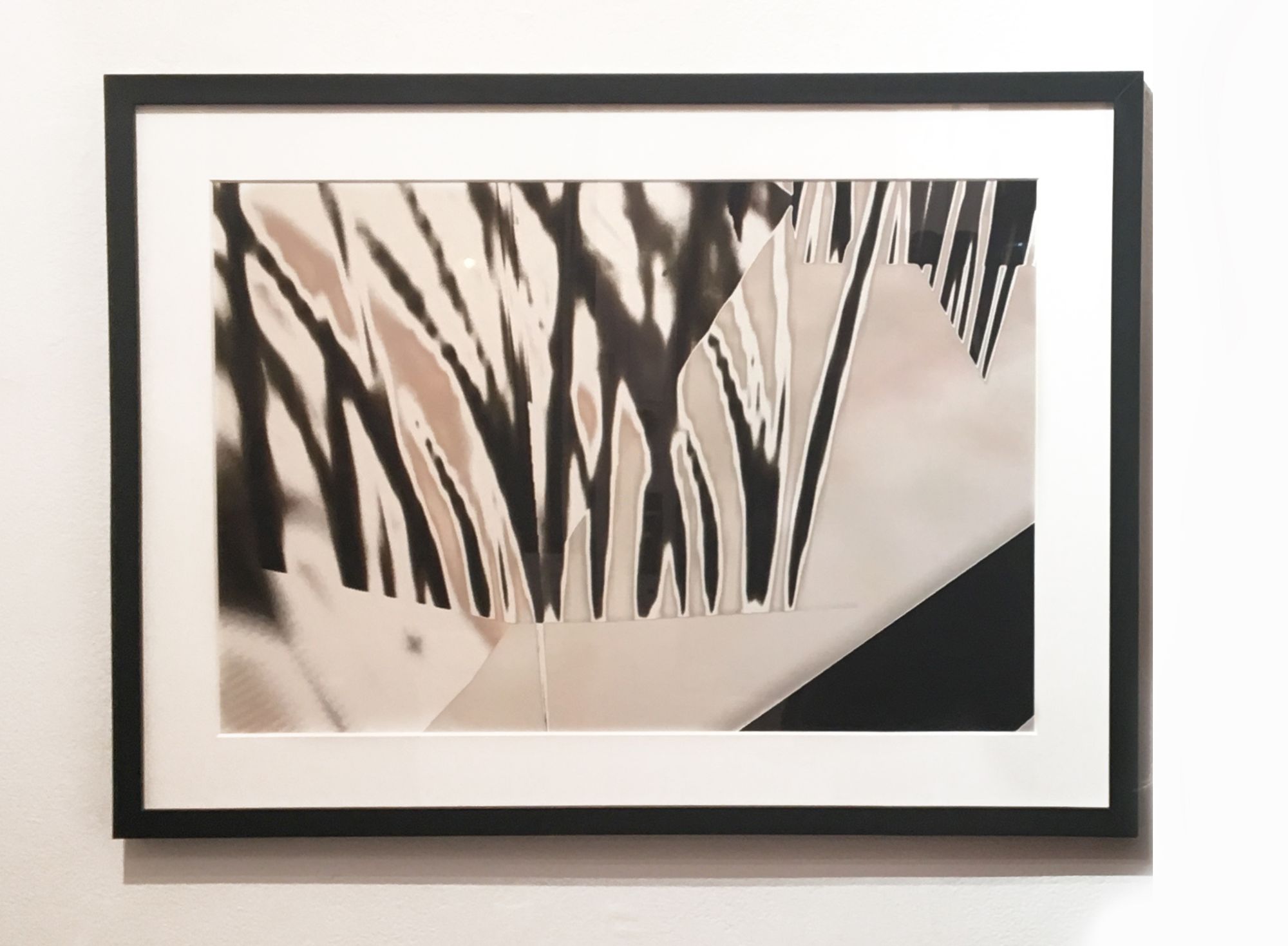
Blanchard’s favorite piece in the show is “Tear.” “It’s visually darker and it’s also a little darker conceptually.” With close-up images of blades of grass flipped upside-down, the image is more severe than her other works. She admits, “This one’s a little bit moodier…. This one does feel the most raw to me.”
Weil easily discusses her inspiration for “Divided We Stand”, created in response to the outcome of the recent election. “After the election, I was, like many people, so in shock,” she said. “I was really in shock about how divided we are as a country. I wanted to try to figure out what’s going on….but for the most part, it’s really just my feelings about how separate we are.”
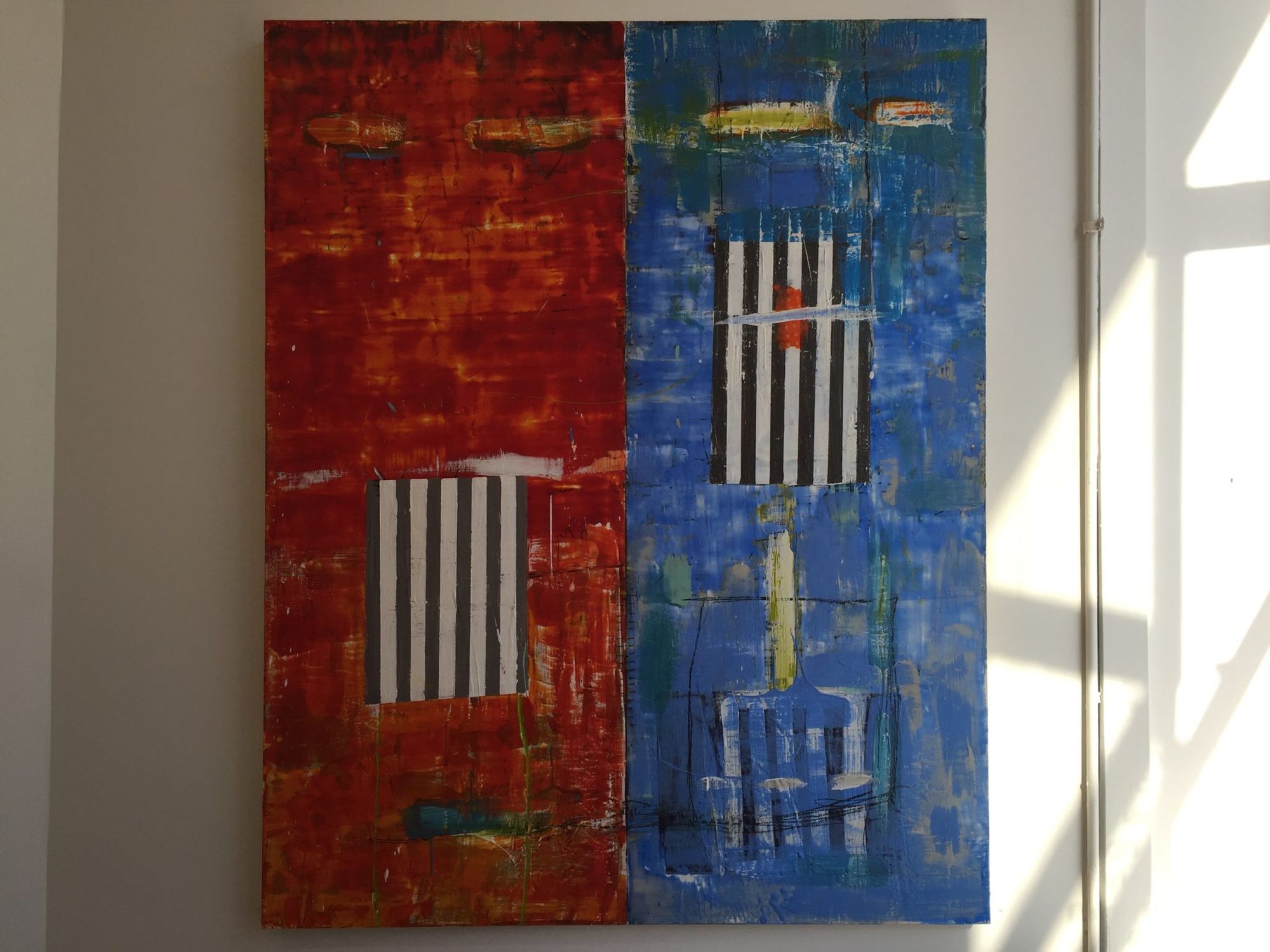
The 48” x 60” piece is divided in 2 halves—one red, one blue. As Weil notes, the 2 colors “are very charged and opposing” and appear to be “fighting each other.” Elements in the painting seem to try to stitch the two sides together, while other effects seem to slash at the canvas.
As for new projects, Weil hopes to continue exploring “windows and that aspect of hide-and-seek.” Her work will be included in a New Jersey-based group show, “Brooklyn Artist,” this summer.
Blanchard is looking forward to stepping away from her computer and picking up her camera again. She says she likes to create “dioramas and then flatten them out in my photographic process. I think I’m going to do a little more working with my hands. I’m excited about it.”
Seek out these 2 talented artists’ work in “Mending Fragments: Hide & Seek” at 440 Gallery on view through February 5th.




